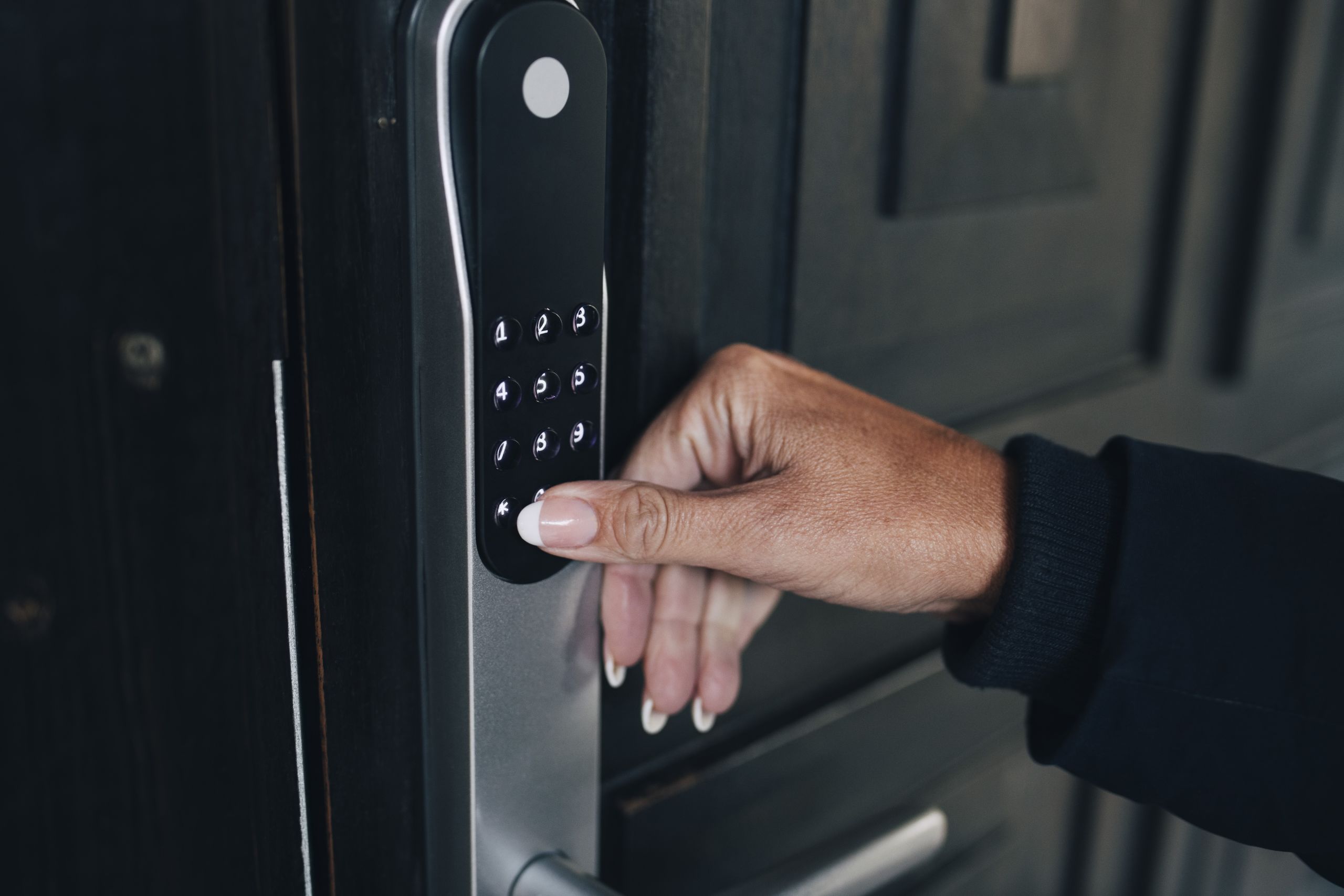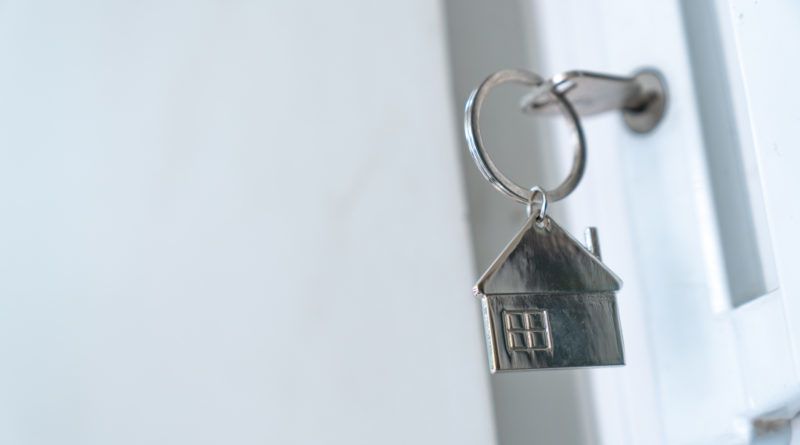Helpful home security and safety tips

The safety of your loved ones is more important than any material possession, and as the old saying goes, prevention is better than cure.
Make a mental list of all the rooms in your home, and work your way through them ensuring you have eliminated potential accidents, prepared emergency procedures and are ready for any eventuality.

Test your equipment
It is no good having a smoke alarm that doesn’t trigger during a fire, or a panic button that does nothing more than click due to flat batteries in a time of dire need. Make the effort to double check that your best defences against emergency situations are in top working order.
Your alarm systems should have system check instructions either printed on it or in the manual. If you can´t find any details, try phoning your home security company and asking for more information on your model.
Electricity
Fuse boxes, overloaded power points and appliances in bathrooms are just a few of the possible hazards that you’ll need to look out for on your home safety checklist. Baby proofing plugs and cables is an obvious decision if you have small children, but also a great idea if you have pets.
Be sure to have any electrical faults in your home, such as faulty lights or plugs, seen to by a professional as bad wiring poses massive fire risks. Thatch roof home owners – be extra cautious.
Make a neighbour a friend
If you have any friends in your street or neighbourhood that you can trust, give them a copy of your key and put their phone number on your list of emergency numbers. If you already have a neighbour looking after a spare key, it´s also a good idea to ask them to double check that your key is in a safe place.
Teach your children
Spend time showing your children how to use the telephone and where to locate the list of emergency numbers. Explain each emergency number to them and make sure that they know the best procedure for any crisis situation.
Children can easily be misled by strangers. Allocate a “trust word” and give this word to an adult as a form of a password to let the children know that you gave them permission to trust the stranger in an emergency.
First aid kit
A first aid kit can be used for treating a grazed knee, or mean the difference between life and death. It´s fundamentally important that your household, workplace and car have a first aid kit on hand.
Make sure that your first aid kit includes the following:
- antiseptic liquid
- cotton swabs
- cotton wool
- gauze
- scissors
- safety pins
- bandages
- latex gloves
- CPR mouth piece
- plasters
- tweezers
- thermometer
- antihistamine cream
Your first aid kit should also include information on CPR, the Heimlich Manoeuvre and emergency telephone numbers.
Inside and out
The garden and surrounding areas of your home are potentially riddled with hazards. In your garage or garden shed, make sure that all flammable liquids and gasses are properly sealed and stored away. Oil spills or leaky canisters can have disastrous effects with the smallest of spark or flame.
If you’ve got children or pets, the use of a pool cover and a fence around the perimeter are a good idea to secure loved ones.
Home safety is an essential part of life as we know it. The old adage is true – it really is better to be safe than sorry.
Source: News24
Back to homepage.



